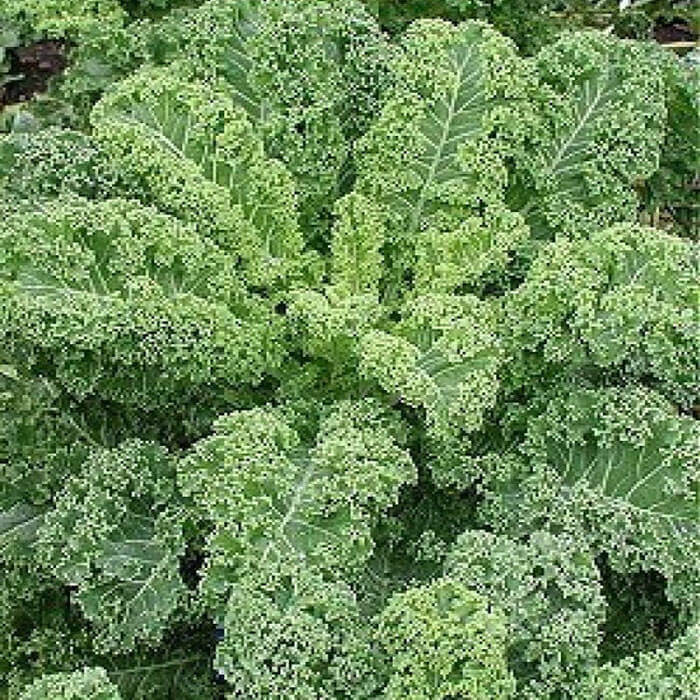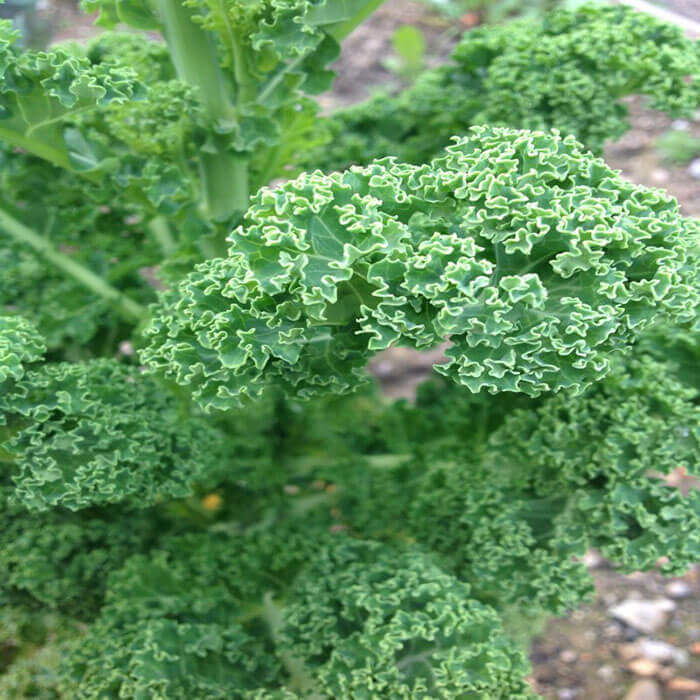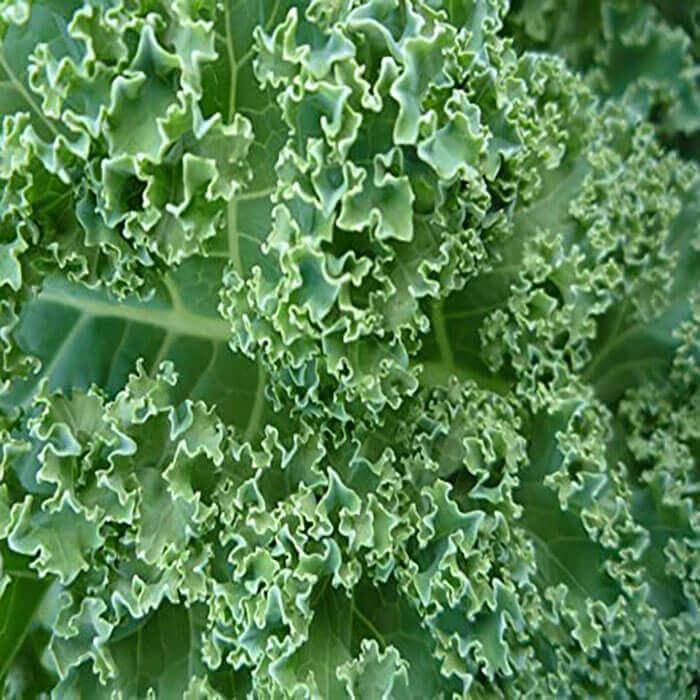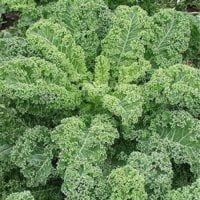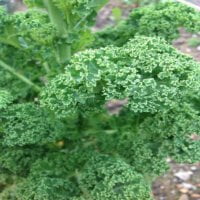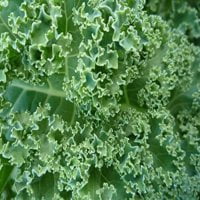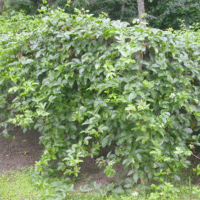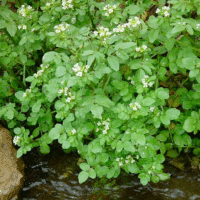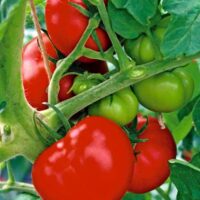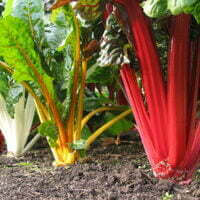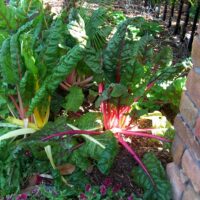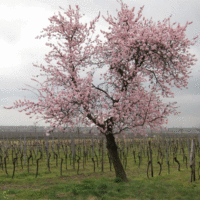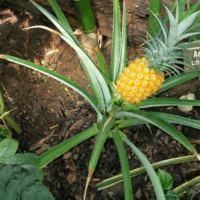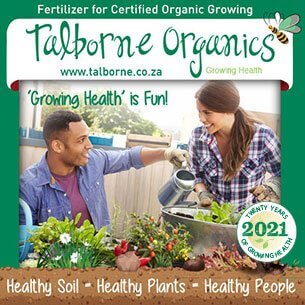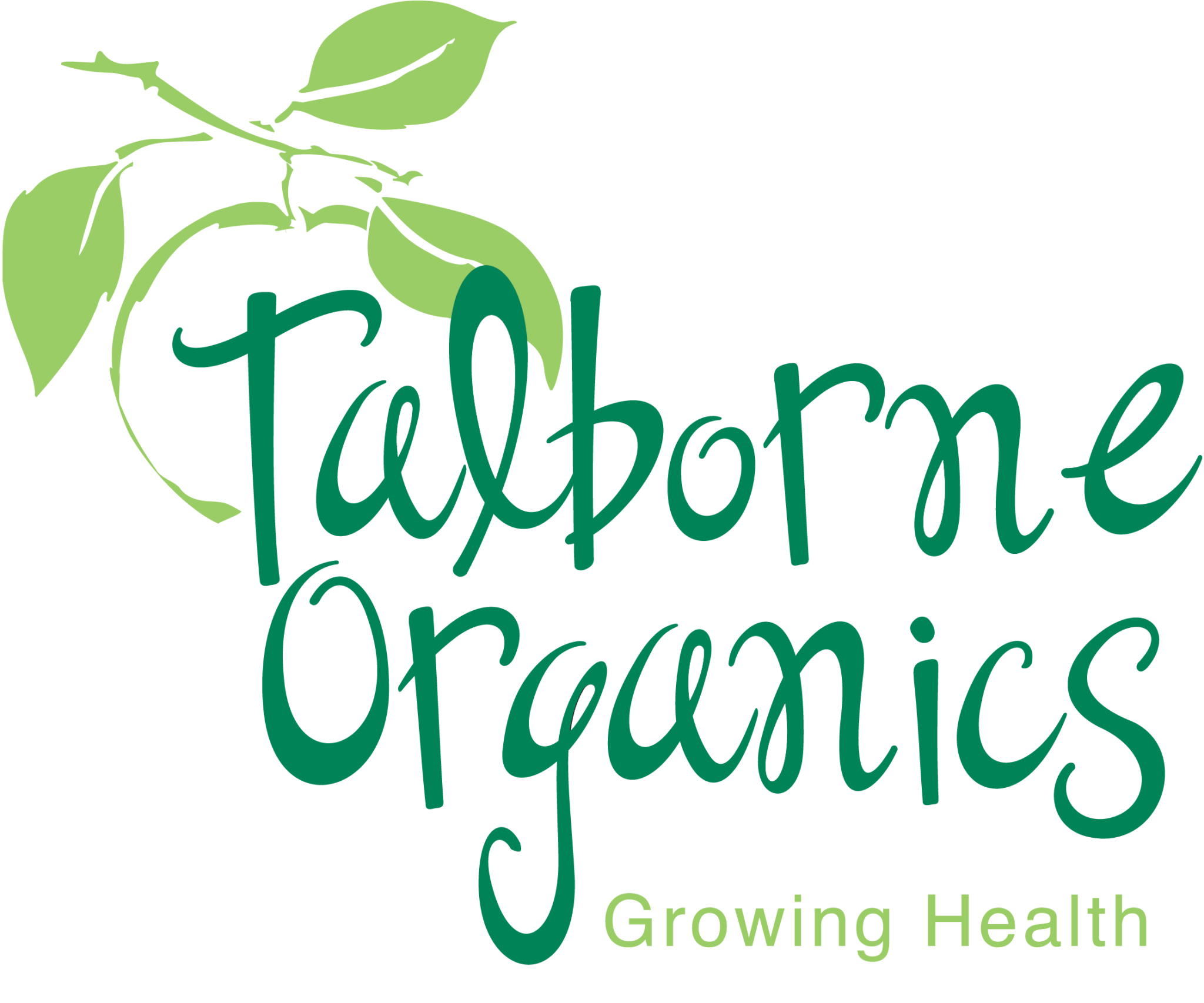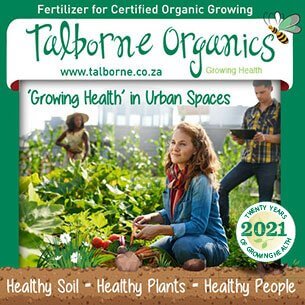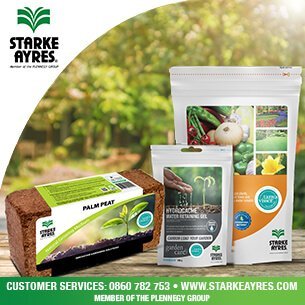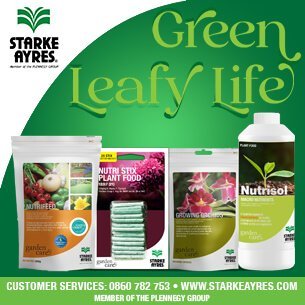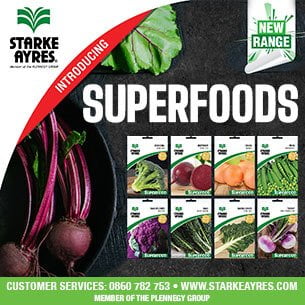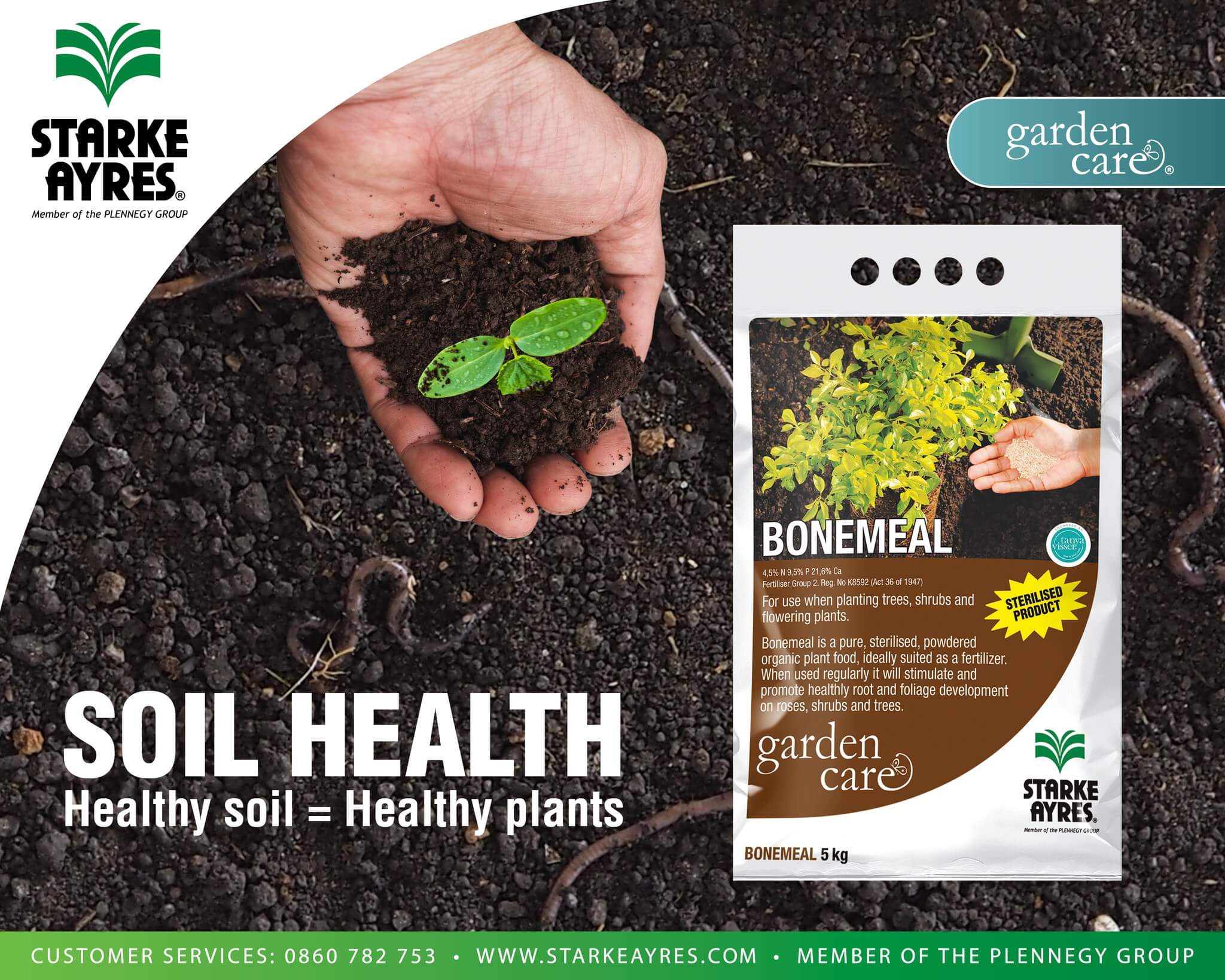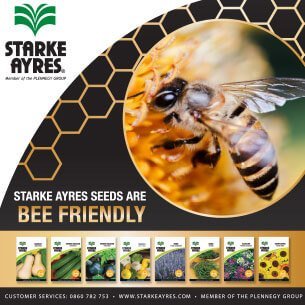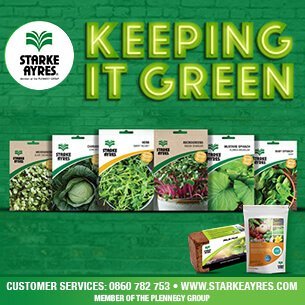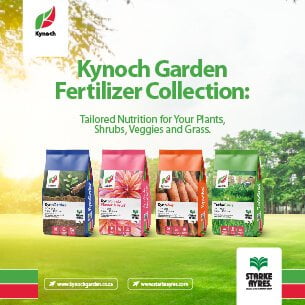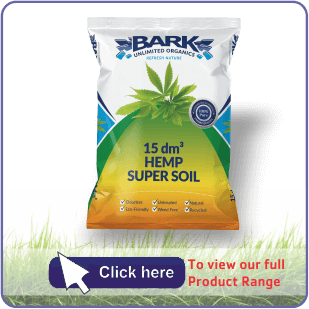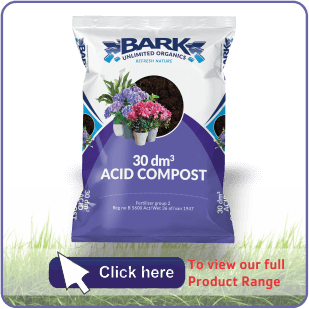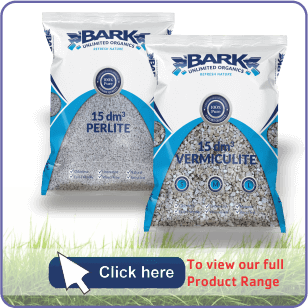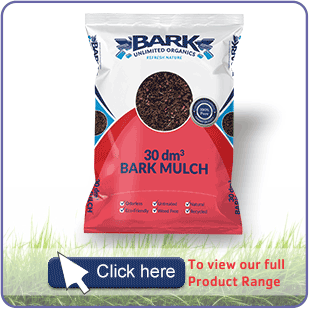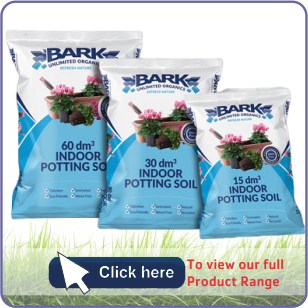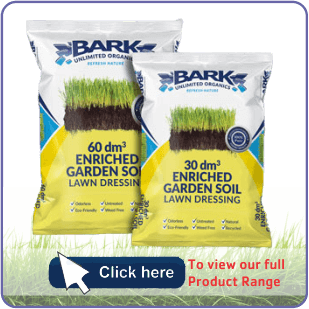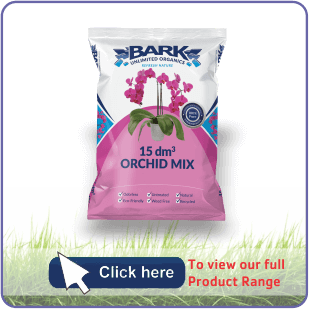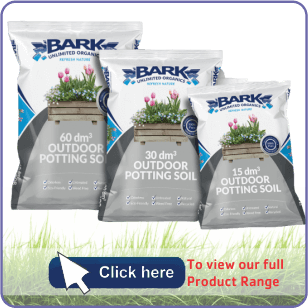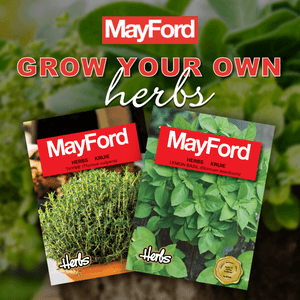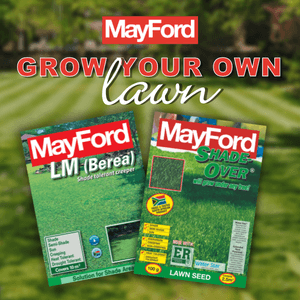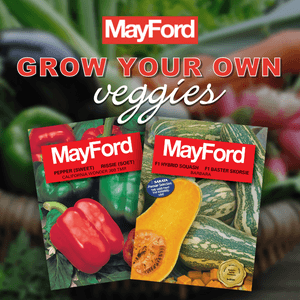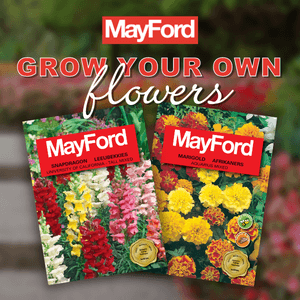| Plant Care |  Full Sun Full Sun – Prefers 6 or more hours of sun per day. Frost Hardy Frost Hardy – Can Handle frost without damage.  Moderate Watering Moderate Watering – Requires Regular Watering.  Moderate Maintenance Med Maintenance – Requires moderate maintenance.  Non Indigenous Non Indigenous – Exotic to South Africa. |
|---|---|
| Categories | |
| Botanical name | Brassica oleracea var. sabellica |
| Origin | |
| Foliage | A rosette of elongated leaves with wavy to frilled margins. The leaves are typically blue-green in colour, depending on the variety the leaves can also be light green, red, or purple. |
| Maintenance | Moderate maintenance and keep the soil moist. |
| Soil conditions | Good firm soil, with plenty of well-rotted compost mixed in. |
| Planting Instructions | Sow seed in early spring or late summer for a fall or winter crop. Sow seed 6-13mm deep and 40-45cm apart; Thin out seedlings at a later stage and use thinnings in a salad. |
| Uses | Kale is used for salads, stir-fry, Grilled sides, stuffings, pizza toppings, stews and soups. |
| Interesting planting ideas | Kale is a good companion with beets, celery, cucumbers, herbs, onions, spinach, chard, and potatoes. Doesn't like growing next to beans, strawberries, or tomatoes. Keep soil moist to encourage consistent growth. |
| Interesting info | Kale is among the most nutrient-dense foods on the planet and contains vitamin A, vitamin K, vitamin C, vitamin B6, manganese, calcium, copper, potassium and magnesium. It also contains vitamin B1 (thiamin), vitamin B2 (riboflavin), vitamin B3 (niacin), iron and phosphorus. Medicinal: kale can help lower cholesterol, which may, in turn, reduce the risk of Heart disease and there are many cancer-fighting substances in kale. |
| Harvesting | Kale is ready to be picked about 60 days after seeds have been planted. |
| Yield | Grow 4 to 5 plants per person. |
| Common name(s) | Kale |
Brassica oleracea var. sabellica (Kale)
- Botanical name: Brassica oleracea var. sabellica
- Common name(s): Kale
- Categories: Fruits and Vegetables
Plant description:
Kale is a leafy herbaceous biennial or perennial plant in the family Brassicaceae, grown as a leafy green vegetable. Kale is a non-heading, cabbage-like plant with curly or straight, loose blue-green or purple leaves.
Family: Brassicaceae
Synonym:
Botanical Pronunciation: BRAS-ee-ka
Brassica oleracea var. sabellica requirements and features
info on these icons
Moderate Maintenance
Requires moderate maintenance.
Prohibited Use Notice: No Data Scraping Allowed Except for Search Engine Indexing:
The content provided on PlantInfo.co.za is intended for personal, non-commercial use only. Unauthorized extraction, reproduction, or use of the data, including scraping, for any purpose other than search engine indexing is strictly prohibited. Violations of these terms may result in legal action. By accessing and using this website, you agree to comply with these conditions and acknowledge the legal restrictions on the use of our content.






